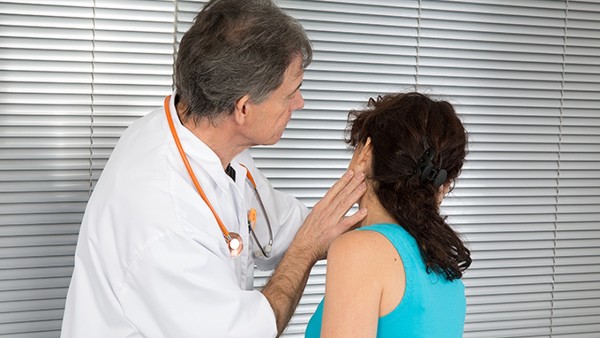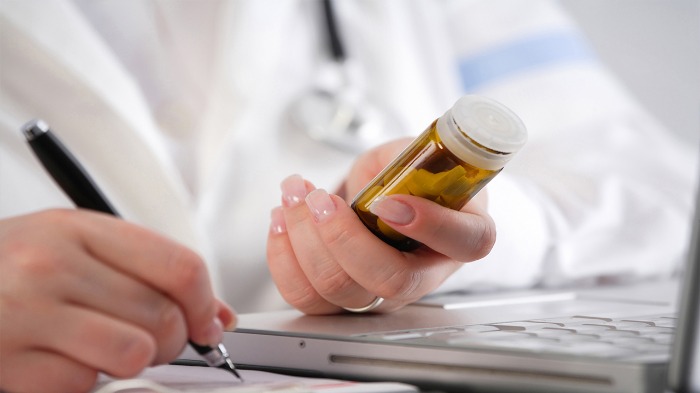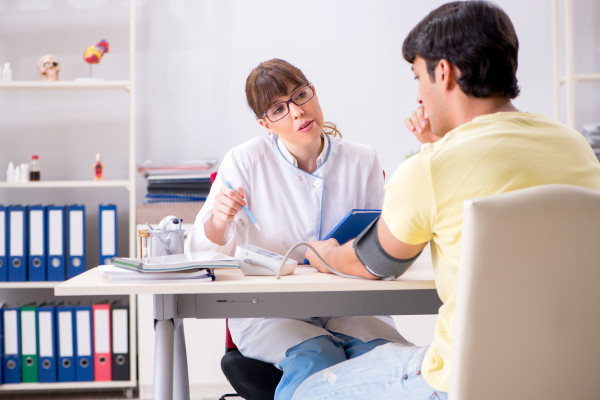What is Colposcopy?

What is a Colposcopy?
A colposcopy is a medical procedure that allows a healthcare provider to examine the cervix, vagina, and vulva for abnormalities. It is used to diagnose and treat various conditions, including cervical cancer, precancerous changes, and sexually transmitted infections (STIs).
How is a Colposcopy Performed?
A colposcopy is performed in a healthcare provider's office or clinic. You will be asked to lie down on an exam table and place your feet in stirrups. The healthcare provider will insert a speculum into your vagina to open it up and allow for visualization of the cervix.
A colposcope, which is a microscope with a light source, will then be used to examine the cervix, vagina, and vulva. The healthcare provider may apply a solution to the cervix to make it easier to see any abnormalities.
During the colposcopy, the healthcare provider may also take a biopsy, which is a small sample of tissue from the cervix. The biopsy will be sent to a laboratory for ***ysis to determine if there are any abnormal cells.
What are the Benefits of a Colposcopy?
A colposcopy can help diagnose and treat various conditions, including:
Cervical cancer: A colposcopy can help diagnose cervical cancer at an early stage, when it is most treatable.
Precancerous changes: A colposcopy can identify precancerous changes in the cervix, which can be treated to prevent cervical cancer from developing.
STIs: A colposcopy can help diagnose STIs, such as herpes, genital warts, and chlamydia.
Who Needs a Colposcopy?
You may need a colposcopy if you have:
Abnormal results from a Pap smear or HPV test
Symptoms of cervical cancer or other gynecologic conditions, such as bleeding, pain, or discharge
A history of STIs
Been exposed to high-risk HPV strains
What are the Risks of a Colposcopy?
A colposcopy is a generally safe procedure, but there are some risks, including:
Bleeding
Cramping
Infection
Rarely, complications from the biopsy, such as scarring or bleeding
How to Prepare for a Colposcopy
Before your colposcopy, you should:
Avoid sexual intercourse for 24 hours before the procedure.
Avoid using tampons or douches for 24 hours before the procedure.
Inform your healthcare provider of any medications you are taking, including blood thinners.
Bring a pad or panty liner to wear after the procedure, as you may experience some light bleeding.
What to Expect After a Colposcopy
After your colposcopy, you may experience some mild cramping or bleeding. You should avoid strenuous activity for 24 hours after the procedure.
If you have a biopsy, the results will usually be available within a few days. Your healthcare provider will discuss the results with you and recommend the next steps, which may include further treatment or follow-up testing.
Frequently Asked Questions About Colposcopy
Q: Is a colposcopy painful?
A: Most women experience only mild discomfort during a colposcopy. However, you may experience some cramping or pain if a biopsy is performed.
Q: How long does a colposcopy take?
A: A colposcopy usually takes about 15-30 minutes.
Q: Will I need to take time off work or school after a colposcopy?
A: Most women can return to their normal activities immediately after a colposcopy. However, you may want to take the rest of the day off if you have a biopsy performed.
Q: What are the chances of having cervical cancer after a colposcopy?
A: The chances of having cervical cancer after a colposcopy are very low. However, if you have a biopsy that shows precancerous changes, you will need to have regular follow-up testing to monitor for cervical cancer.
Q: Can I get pregnant after a colposcopy?
A: Yes, you can get pregnant after a colposcopy. However, you should wait until the results of your biopsy are available before trying to conceive.
The above is all the content that the editor wants to share with you. I sincerely hope that these contents can bring some help to your life and health, and I also wish that your life will be happier and happier.
Topic: #what #is #colposcopy















